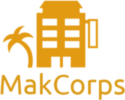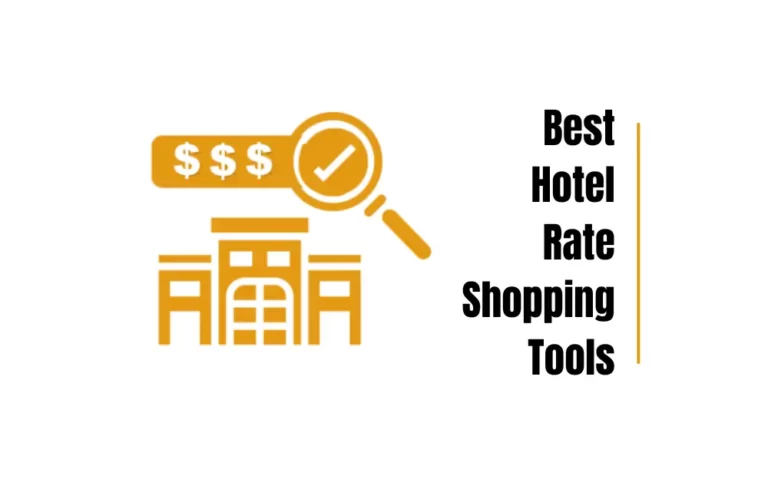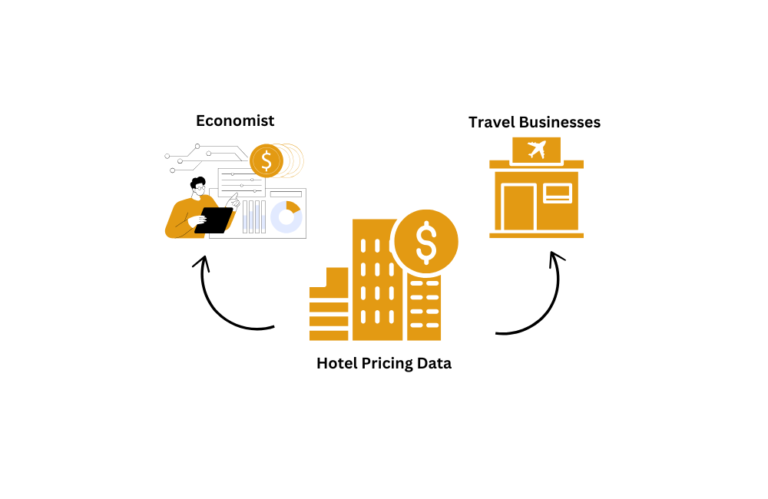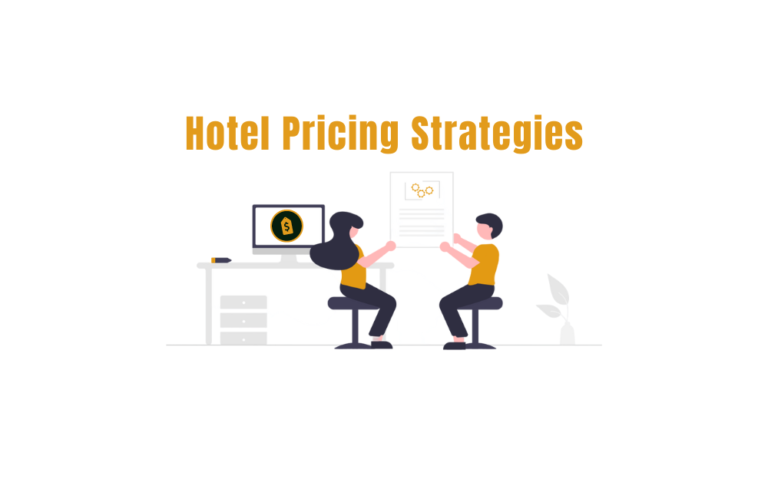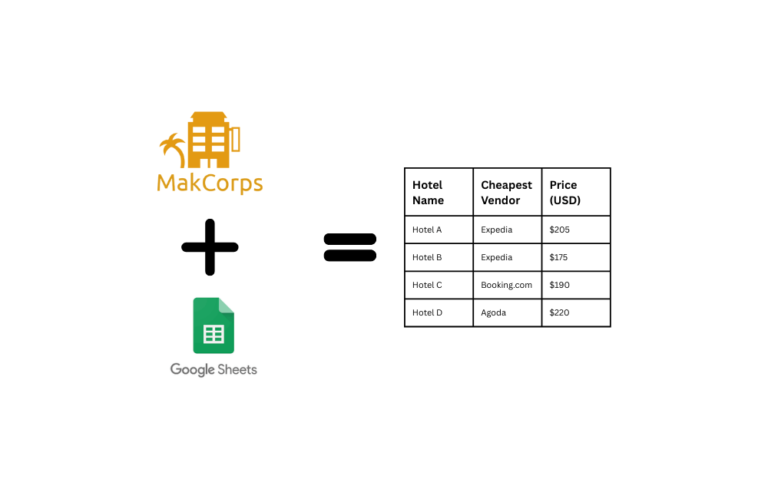What is Yield Management in the Hotel Industry? Importance and Techniques
Yield management has become the backbone of profitable hotel operations. Far beyond simple pricing, it’s the strategy that top-performing hotels use to adjust rates based on demand, timing, and guest behavior to ensure rooms are booked at the right price. By leveraging yield management, hotels can boost revenue by as much as 20% per booking.
Whether you’re dealing with high or low season, this approach offers a precise way to maximize occupancy and revenue.
Read further to know what yield management is, importance and strategies that have transformed revenue management across hotel industry.
What Is Yield Management?
Initially created for the airline industry, yield management has evolved into a vital revenue-optimization strategy for hotels.
It involves adjusting room prices based on demand and availability to maximize revenue. Hotels have a perishable product—rooms that expire in value if unsold for a night which makes yield management essential to profit maximization. By dynamically adjusting rates according to demand patterns, historical booking data, seasonality, and even local events, hotels can effectively align room rates with the market.
For example, during peak seasons or local events, hotels can increase prices to capitalize on heightened demand. Conversely, during slower periods, reducing prices can boost occupancy.
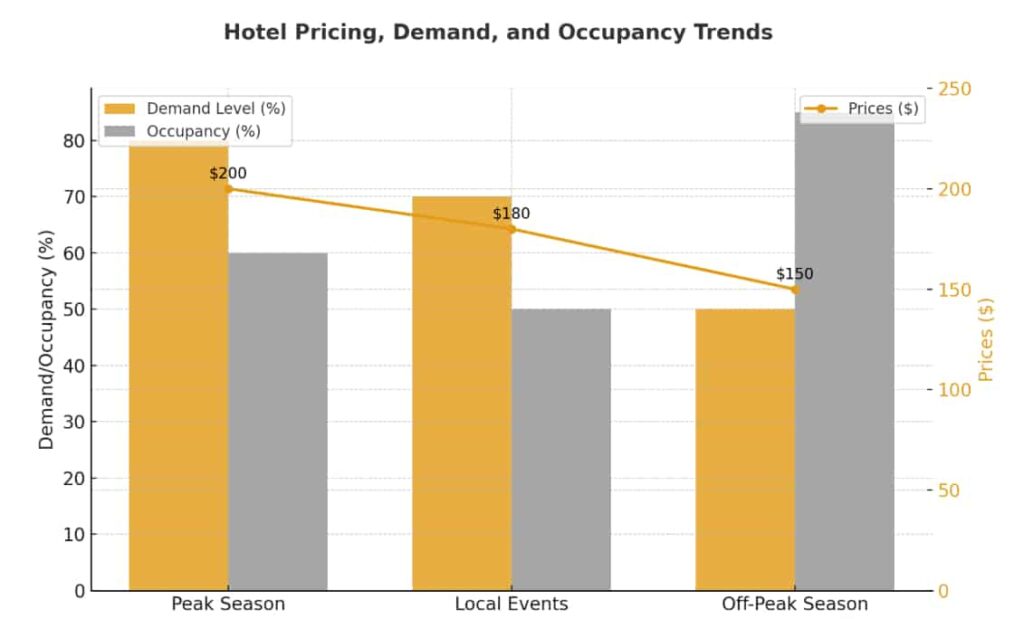
(Example: How Yield Management Work)
Yield management is key to metrics like Revenue per Available Room (RevPAR), which reflects how well a property is balancing room occupancy with room rate to generate revenue. Yield management also includes tools like demand forecasting, inventory control, and market segmentation. These all aimed at creating price structures that adapt to both high- and low-demand periods.
Today’s Hotels uses advanced technology for yield management, including real-time price intelligence tools that can respond rapidly to market shifts and competitive pricing trends.
This approach not only enhances room revenue but also aligns with broader revenue management strategies by optimizing available resources and maintaining a competitive edge.
Furthermore, yield can be easily calculated. You can use the formula below to determine your overall revenue performance
Hotel Yield Management Formula
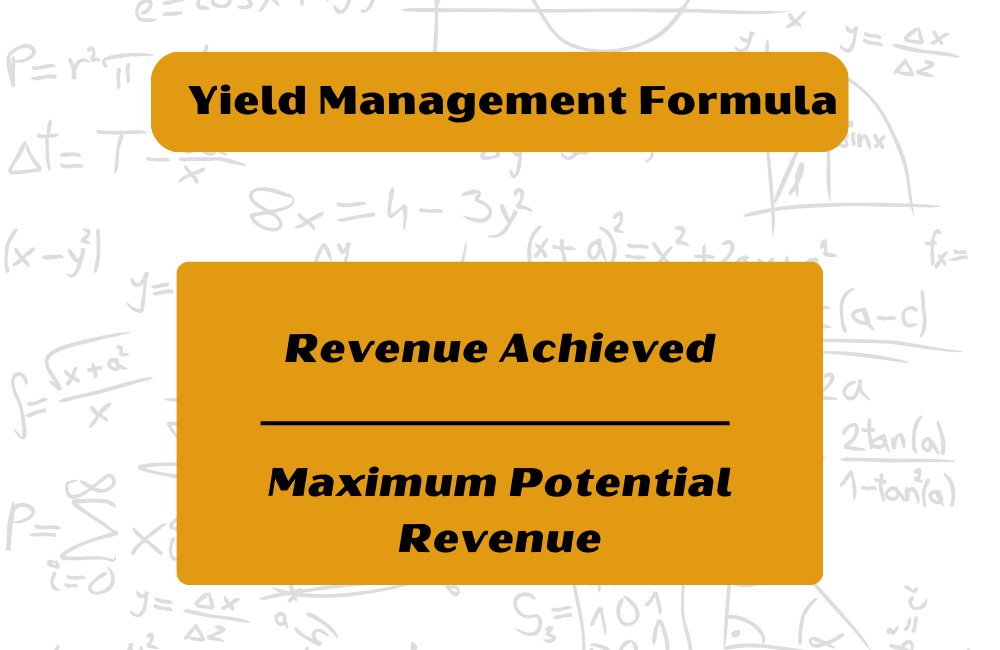
For example, if a hotel with 50 rooms available, where the maximum rate per room is $200 per night. On a given night, the hotel sells 30 rooms at a rate of $150 each.
Here’s how to calculate the yield:
Calculate Maximum Revenue Potential:
- 50 rooms×200 dollars=10,000 dollars
Calculate Actual Revenue Achieved:
- 30 rooms×150 dollars=4,500 dollars
Calulate Yield:
- Yield = (Actual Revenue / Maximum Revenue Potential) × 100
- Yield = ($4,500 / $10,000) × 100 = 45%
This yield percentage shows that the hotel captured 45% of its maximum possible revenue. With 20 rooms left unsold, the hotel can adjusting rates by offering promotions, increase rates with demand to improve occupancy and yield on similar future nights.
Yield management strategies help identify gaps in revenue potential which allows hotels to adjust pricing or marketing to increase yield over time.
Importance of Yield Management in Hotel Industry
Yield management is crucial in the hotel industry as it allows hoteliers to maximize revenue by dynamically adjusting room rates based on demand forecasts, booking patterns, and competitor prices.
Hotels use this strategy to optimize occupancy during high-demand periods and attract bookings with lower rates during slower times. Through this approach, hotels capture more revenue and manage their limited inventory (i.e., rooms) more effectively. By tracking metrics such as RevPAR (Revenue per Available Room), hotels gain insights into both their pricing efficiency and market position which help them to remain competitive while increasing profitability.
In practice, yield management includes tools like demand forecasting, dynamic pricing softwares, and careful segmentation of customers based on behavior and booking channels. These tactics allow hotels to align rates closely with market conditions to ensure optimal room sales across seasons and events
How To Employ Hotel Yield Management Pricing Strategy For Your Hotel?
Follow this step by step guide to reap the benefits of yield management for your hotel:
1. Defining Room Rates Based on Occupancy Slabs
First and foremost, you need to set room rates based on your occupancy slabs.
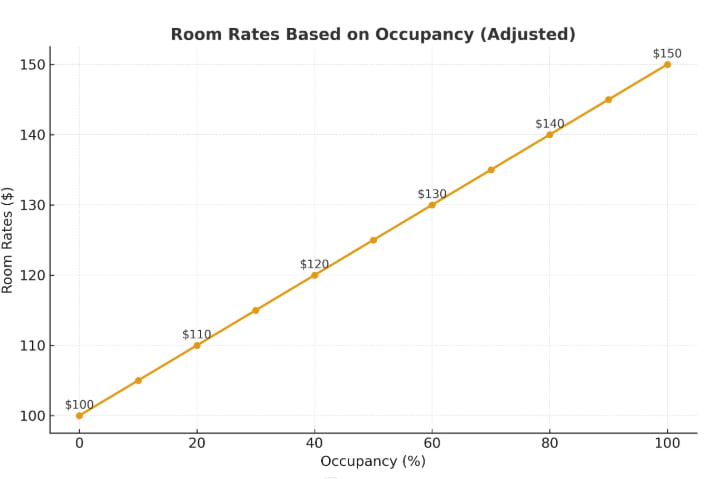
This involves evaluating your past Average Daily Rates (ADRs) and Revenue Per Available Room (RevPAR). I
It’s not just about raising prices when demand is high, but also about understanding what kind of guests are staying at your hotel.
Are they corporate guests, families, solo travelers, or backpackers?
Each guest type may have different price sensitivities and booking patterns, which should be factored into your pricing strategy.
2. Leveraging a Hotel Property Management System (PMS):
Implementing a yield management strategy without a reliable Hotel Property Management System (PMS) is like navigating a sea without a compass.
Your PMS will help you make sense of all the data that allows you to track your Key Performance Indicators (KPIs) in real-time.
This instant access to data can empower you to make quicker and more informed decisions about your pricing and yield management strategies.
3. Monitoring Consumer Behavior Trends
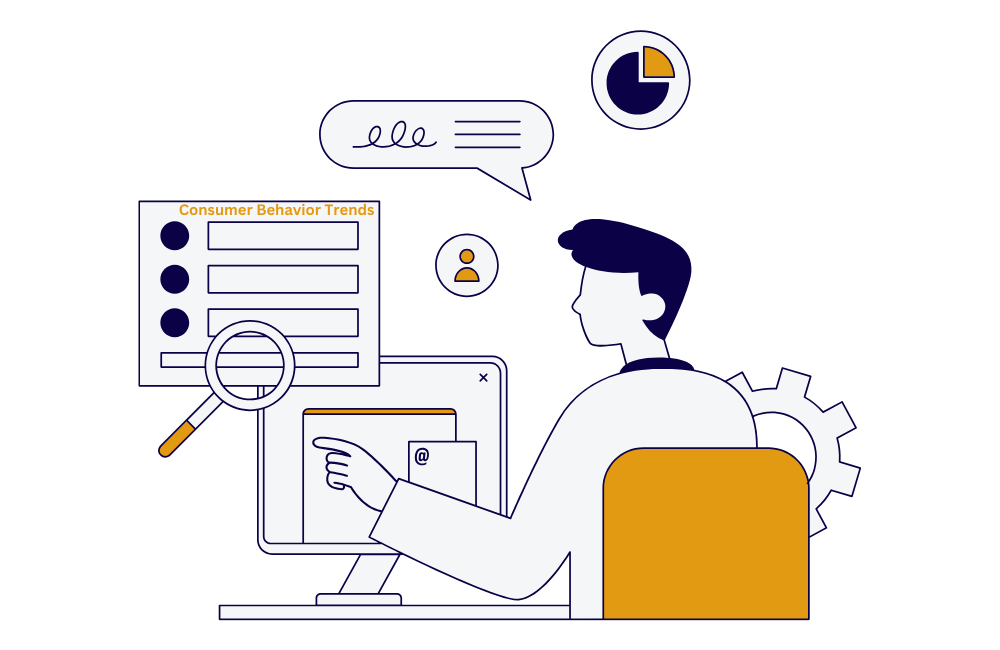
Stay one step ahead by monitoring consumer behavior trends. This not only involves predicting demand but also anticipating needs.
By understanding what your guests want and how their needs change over time, you can offer them tailored experiences.
This can enhance guest satisfaction and leads to repeat bookings and improved online reviews, which, in turn, can boost your occupancy rates and revenue.
4. Utilizing Hotel Price API to Monitor Competitor’s Pricing
For staying ahead competitive in the hospitality industry, monitoring your competitor’s rates is crucial.
But you don’t have to do it manually. With MakCorps Hotel Price API, this task becomes a breeze.
MakCorps API provides access to hotel pricing data from over 200 online travel agencies in a single get request.
With real-time rate comparison data, you’ll understand how your hotel is positioned in the market and make strategic decisions to remain competitive.
Check out the following video to learn, how to Use MakCorps API to extract hotel prices.
5. Recognizing When to Adjust Room Prices:
Yield management isn’t a set-and-forget strategy.
It requires you to continually monitor and adjust your room prices based on a variety of factors.
These factors could include changes in demand, guest behavior trends, your competitor’s pricing, or even larger economic trends.
The key here is flexibility and responsiveness.
A successful yield management strategy can help you identify your most profitable bookings and make the most of current demand to maximize revenue.
So, now you know how to get started with setting a yield management pricing strategy for your hotel. If you’re still, thinking it’s the same as revenue management. Let’s check out the difference.
What Is the Difference Between Yield Management & Revenue Management?
| Aspect | Yield Management | Revenue Management |
|---|---|---|
| Focus | Optimizing room rates based on supply & demand | Holistic profitability across all services |
| Scope | Narrow (focused on room pricing) | Broad (includes all revenue streams) |
| Goal | Maximize room bookings at optimal prices | Maximize overall hotel profitability |
| Data Used | Real-time customer data | Predictive analytics, demand forecasting |
| Application | Adjusts room rates dynamically | Influences business processes & decisions |
Although Yield Management and Revenue Management sounds like a similar term, but its completely different.
Yield Management in hotel industry is a focused strategy, specifically optimizing the balance between your hotel room’s supply and demand. It uses actual customer data to adjust pricing that aims to maximize bookings at the best price. It’s like a piece of a larger puzzle, which is Revenue Management.
On the other hand, Hotel Revenue Management is an inclusive strategy. It includes everything from predicts consumer behavior, forecasts demands, and optimizes prices across all products and services which influences all business processes and financial decisions.
In short, Yield Management is for adjusting room rates, while Revenue Management takes a holistic view to maximizing profitability across the entire hotel.
What Are The Challenges Hoteliers Face Through Yield Management?
One of the major challenges that hoteliers face in yield management is that since decisions are driven by numbers and forecasts, there is no preferential treatment for regular customers.
Prices keep on changing according to season and demands and don’t hold any special privileges for the regular guests.
Another challenge is that since the yield management pricing strategy is solely focused on increasing the profits of hotel owners, it doesn’t take customer expectations into consideration.
Also, there is always a possibility of not forecasting well.
For the forecast, hotels must gather data, organize it, and coordinate with the revenue managers to implement it effectively into the pricing system.
Beyond just pricing information, you’ll also need data on hotel availability, reviews, and booking details to support thorough analysis and decision-making. Take a look at this list of hotel API providers that offers a full range of hotel data you need.
However, there are a number of factors that come into play that can jeopardize the forecast thereby affecting revenue.
Thus, there is a possibility that the yield management strategy might not hold up well against the actual market trends.
Frequently Asked Questions:
What Is The Difference Between Yield Management & Dynamic Pricing ?
The difference between yield management and dynamic pricing is:
Yield management is a broader pricing strategy that includes a range of techniques designed to optimize revenue which also includes dynamic pricing. On the other hand, a dynamic pricing strategy is a practice of adjusting prices in real-time based on changes in market conditions and demand.
Conclusion:
Yield management pricing strategy is a game-changer for hotels. This strategy helps to boost profits by smartly balancing supply, demand, and pricing.
It’s not just about filling rooms, but doing it strategically to maximize earnings. With tools like a robust PMS and MakCorps Hotel Rates API, you can optimize your strategies and stay competitive.
Remember, it’s not a one-time deal but a dynamic process requiring regular updates.
So, embrace the power of yield management and watch your hotel’s profitability soar.
Don’t let the challenges hold you back, the benefits are worth it.
Now it’s your turn to crack the code of yield management and take your hotel business to the next level.
